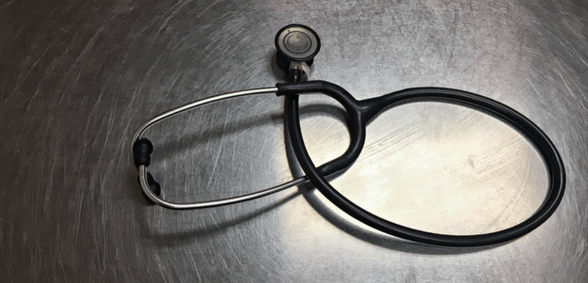
According to the latest official data published by NHS the number of full-time equivalents (FTE) GP partners has fallen by 708 in 2017
The figures confirm a sharp decline in the number of GP partners. Previous figures showed that in 2009 69% of GPs were partners and 20.5% salaried; by 2015 these figures had changed to 55% and 24%, respectively.
The latest figures, however, show that GP numbers are down 0.6% from September 2017 to December 2017, to 33,872.
Professor Helen Stokes-Lampard, chair of the Royal College of GPs, said: “This is very disappointing news – and frustrating as even a small drop in GP numbers can have a huge ripple effect on hard-working GPs, our teams and the care we are able to give to our patients.
“GPs are currently facing intense resource pressures, and we desperately need more doctors if we stand any chance of turning this crisis around.
“Workload in general practice has increased by at least 16% over the last seven years, but the number of GPs delivering care to patients has not risen in step.
“For some, the pressure has become too much and it’s genuinely awful that some GPs are prematurely leaving a profession, which, when properly resourced and funded, can be so rewarding and fulfilling.
“But ultimately, it’s our patients who suffer when we lose GPs and we need to make sure that, as well as retaining existing and experienced doctors, measures are taken to attract new GPs to the profession for the future.
“We need to start seeing the promises laid out in NHS England’s GP Forward View, which include an extra £2.4bn for general practice, 5,000 more GPs and 5,000 more members of the wider practice team, delivered, in full, as a matter of urgency.
“GPs are the cornerstone of our NHS – a system which is the envy of the world – but there is a limit to what we can do and there simply aren’t enough of us to deliver the safe care our patients need and deserve.”
Don’t forget to follow us on Twitter, or connect with us on LinkedIn!

Be the first to comment